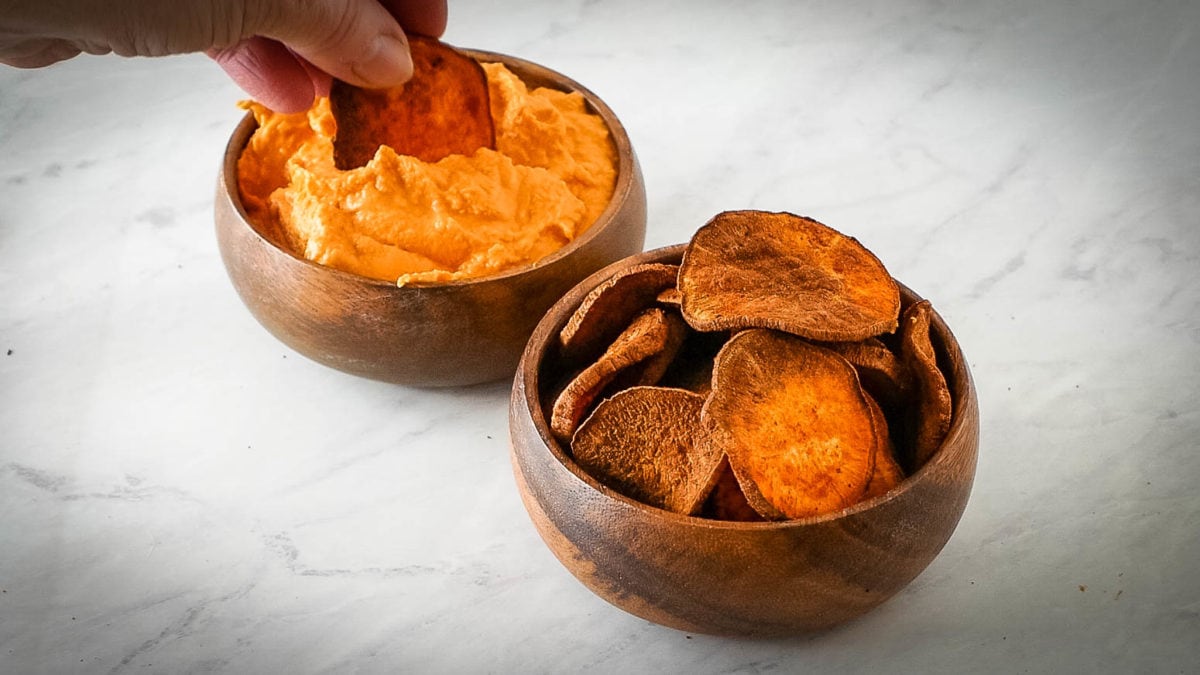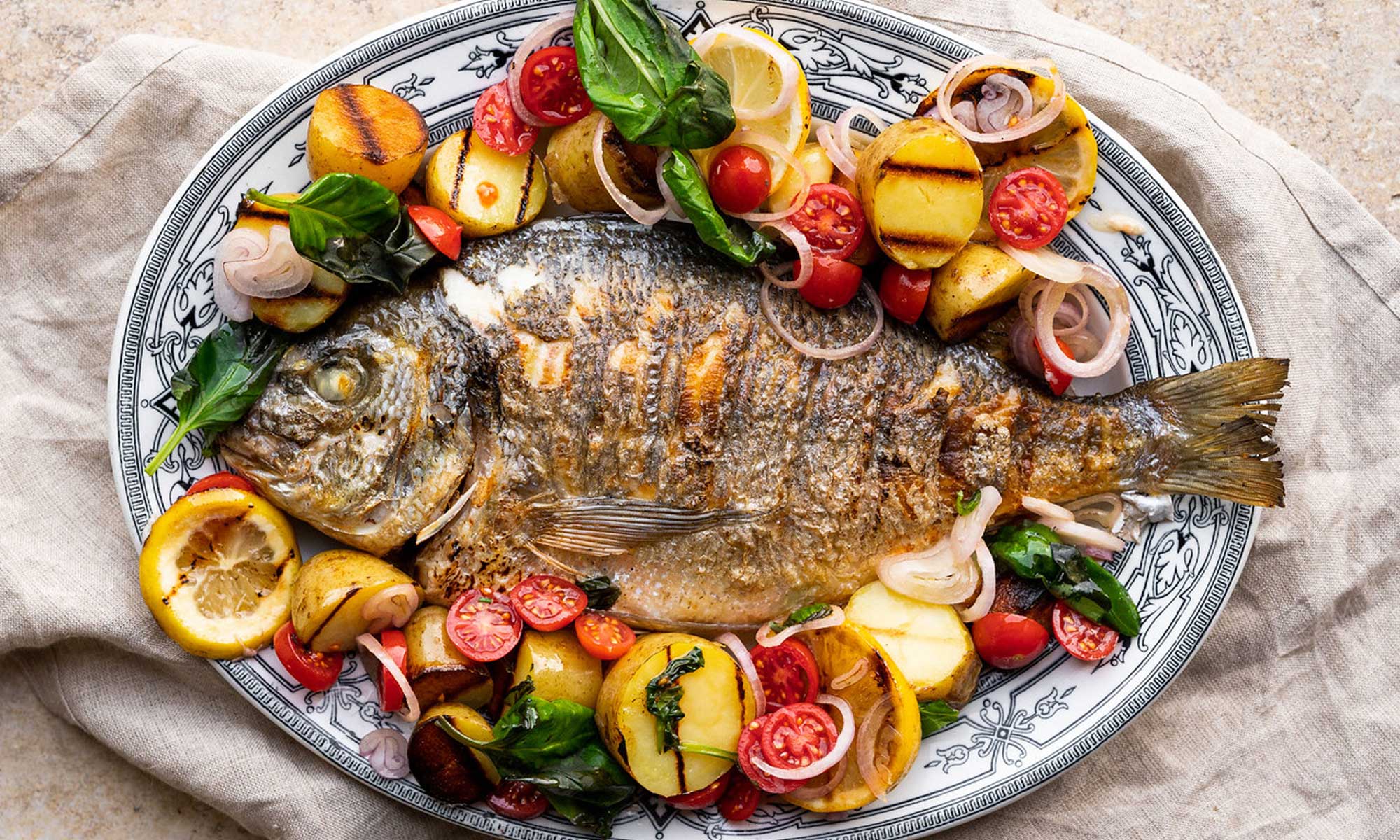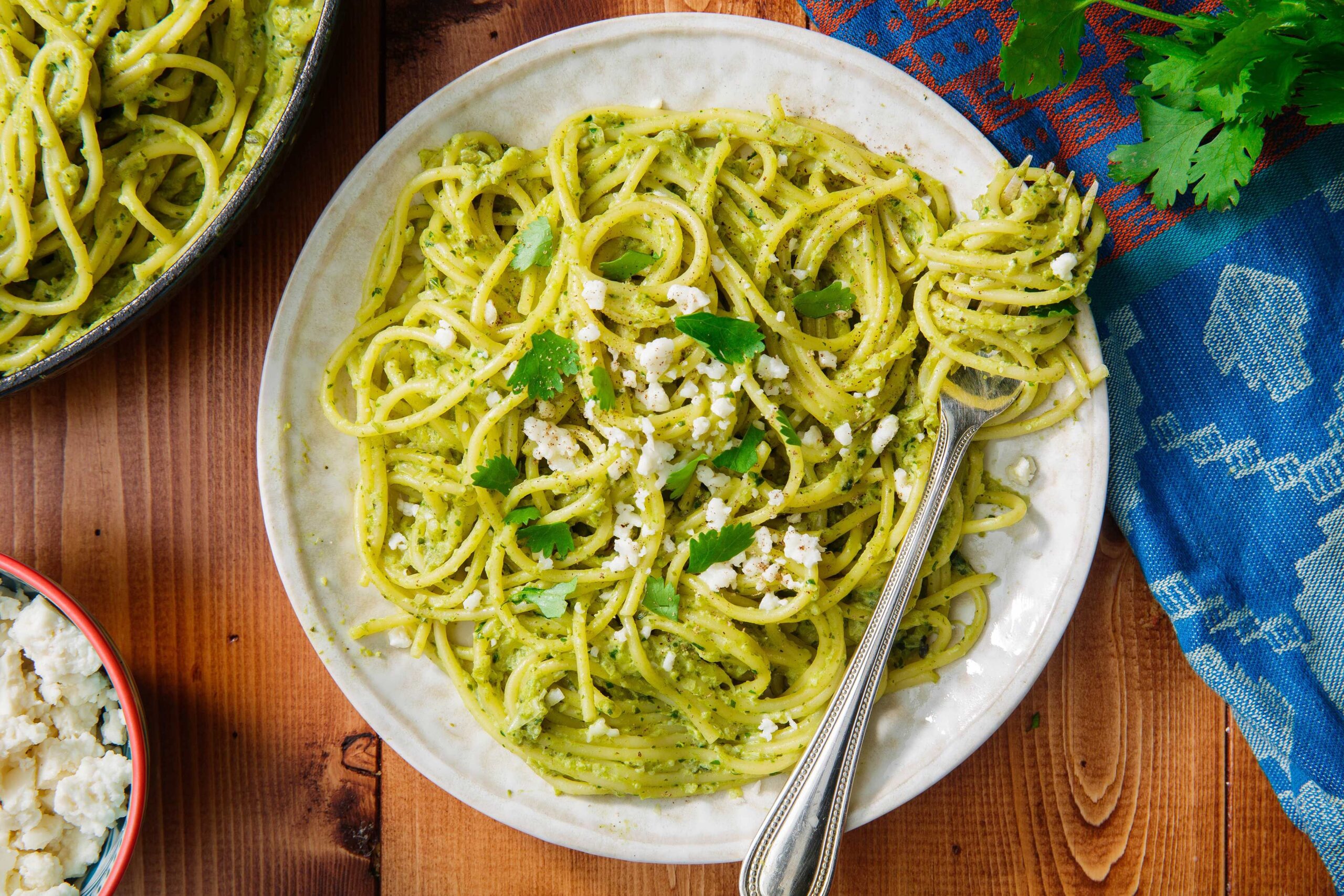Introduction
Southern cuisine is a treasure trove of flavors, and at the heart of it lies the beloved dish of crawfish cornbread with Jiffy. This quintessential Southern delicacy combines the rich flavors of crawfish with the comforting texture of cornbread, creating a culinary masterpiece that has delighted taste buds for generations. In this article, we’ll embark on a journey to unravel the secrets of crafting the perfect crawfish cornbread using the versatile Jiffy Mix.
Understanding Crawfish Cornbread
To truly appreciate crawfish cornbread, it’s essential to understand its roots. Originating in the heart of the South, this dish is a testament to the region’s culinary prowess. The marriage of crawfish, a staple in Southern cooking, with the wholesome goodness of cornbread creates a harmonious blend of flavors and textures that is simply irresistible.
Key to the success of crawfish cornbread is the quality of the ingredients. Fresh crawfish, sourced from local waters, infuse the dish with a distinct seafood flavor, while Jiffy Mix provides the perfect base for the cornbread, ensuring a moist and fluffy texture every time. Regional variations abound, with each locale adding its own unique twist to the classic recipe, making crawfish cornbread a true reflection of Southern diversity.
The Versatility of Jiffy Mix
At the heart of many beloved Southern recipes lies a humble pantry staple: Jiffy Mix. Since its inception in the 1930s, Jiffy Mix has been a kitchen essential, cherished for its convenience and versatility. Made from high-quality ingredients, including enriched flour and cornmeal, Jiffy Mix delivers consistent results that home cooks and professional chefs alike swear by.
When it comes to crawfish cornbread, Jiffy Mix shines as the star ingredient, providing the perfect base for the dish. Its pre-measured blend of flour, cornmeal, and leavening agents ensures a foolproof batter that bakes up golden brown and delicious every time. Whether you’re a novice in the kitchen or a seasoned chef, Jiffy Mix makes it easy to achieve professional-quality results with minimal effort.
Preparing Fresh Crawfish
No crawfish cornbread is complete without the star ingredient: fresh crawfish. Sourcing high-quality crawfish is essential to achieving the authentic flavor and texture that define this Southern classic. Depending on your location, you may be able to find fresh crawfish at local seafood markets or specialty stores. Alternatively, frozen crawfish tails can be used as a convenient substitute, though fresh is always preferred if available.
Before incorporating crawfish into your cornbread batter, it’s important to properly clean and devein the crustaceans to remove any grit or impurities. Start by rinsing the crawfish under cold water to remove any surface debris, then carefully peel away the outer shell to expose the tender meat inside. Using a sharp knife or kitchen shears, carefully cut along the back of the crawfish and remove the vein, taking care not to damage the delicate flesh.
Crafting the Perfect Crawfish Cornbread Batter
The key to a successful crawfish cornbread lies in the batter. Achieving the perfect balance of flavors and textures requires careful consideration of ingredient ratios and mixing techniques. Start by combining the Jiffy Mix with eggs, milk, and melted butter in a large mixing bowl, stirring until just combined. Be careful not to overmix the batter, as this can lead to a tough and dense cornbread.
Once the base batter is prepared, it’s time to add the star ingredient: crawfish. Fold the cleaned and deveined crawfish tails into the batter, along with any additional seasonings or flavorings you desire. Popular additions include diced bell peppers, onions, and Cajun spices, which add a spicy kick to the cornbread. Once the batter is well mixed, pour it into a greased baking dish and smooth the top with a spatula.
Cooking Methods
When it comes to cooking crawfish cornbread, there are several methods to choose from, each yielding delicious results. The most common method is baking the cornbread in a preheated oven until it’s golden brown and cooked through. However, you can also cook crawfish cornbread in a skillet on the stovetop for a crispy crust and tender interior.
Regardless of the cooking method you choose, it’s important to monitor the cornbread closely to prevent it from overcooking or burning. To test for doneness, insert a toothpick into the center of the cornbread—if it comes out clean, the cornbread is ready to be removed from the oven. Allow the cornbread to cool slightly before slicing and serving, as this allows the flavors to meld and the texture to set.
Serving Suggestions
Once your crawfish cornbread is baked to perfection, it’s time to serve it up and enjoy! This versatile dish pairs well with a wide range of accompaniments, making it suitable for any occasion. For a simple yet satisfying meal, serve slices of warm crawfish cornbread alongside a bowl of hearty seafood gumbo or a crisp green salad.
For a more indulgent treat, top slices of crawfish cornbread with a dollop of creamy remoulade sauce or a drizzle of spicy honey butter. The sweet and savory flavors of the cornbread complement the rich and spicy flavors of the sauce, creating a mouthwatering combination that is sure to impress even the most discerning palate.
Storage and Reheating
If you find yourself with leftovers, fear not—crawfish cornbread stores well and can be easily reheated for future enjoyment. To store leftover cornbread, allow it to cool completely, then wrap it tightly in plastic wrap or aluminum foil and refrigerate for up to three days. For longer storage, you can freeze leftover cornbread for up to three months, though it’s best enjoyed fresh if possible.
When ready to enjoy your leftover crawfish cornbread, simply reheat it in a preheated oven or toaster oven until warmed through. Alternatively, you can microwave individual slices for a quick and convenient meal. To prevent the cornbread from drying out during reheating, cover it loosely with aluminum foil or a damp paper towel to trap moisture.
Troubleshooting Common Issues
While crawfish cornbread is a relatively simple dish to prepare, there are a few common issues that can arise during the cooking process. One of the most common problems is a soggy or undercooked bottom, which can occur if the cornbread is baked in a pan that’s too large or if the oven temperature is too low. To prevent this, be sure to use a properly sized baking dish and preheat your oven to the correct temperature before baking.
Another common issue is a dry or crumbly texture, which can result from overmixing the batter or baking the cornbread for too long. To remedy this, be sure to mix the batter just until combined and avoid overbaking the cornbread. Additionally, you can add a bit of extra moisture to the batter by folding in additional melted butter or sour cream before baking.
Health Considerations
While crawfish cornbread is undeniably delicious, it’s important to enjoy it in moderation as part of a balanced diet. Like many Southern dishes, crawfish cornbread can be high in calories, fat, and sodium, particularly if it’s made with rich ingredients like butter and cheese. To make your crawfish















